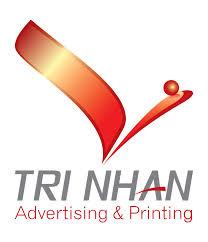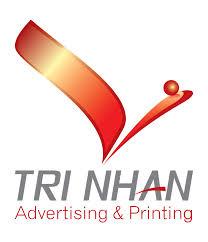The global push toward electrification has elevated lithium battery manufacturing to a strategic priority for automotive companies, energy storage developers, and electronics manufacturers. With demand surging, production lines are evolving to accommodate faster output rates, diverse battery formats, and more complex material combinations. Welding technology plays a vital role in enabling these advancements, as each battery relies on hundreds of precisely bonded connections to ensure performance, durability, and safety. As a result, companies are focusing heavily on advanced welding techniques capable of supporting high-volume manufacturing without sacrificing quality.
This surge in demand is directly shaping the trajectory of the Lithium Battery Ultrasonic Welding Machine Market, which continues to expand as manufacturers upgrade their production systems. Ultrasonic welding’s advantages—low thermal impact, high repeatability, and rapid processing times—make it especially suitable for modern lithium battery designs. As batteries become smaller yet more powerful, maintaining weld reliability becomes crucial, and ultrasonic systems have emerged as the preferred solution across many production environments.
A detailed analysis of the Lithium Battery Ultrasonic Welding Machine Market Size shows that growth is being fueled by widespread investments in electric vehicle production. Governments across the world are adopting aggressive EV targets, and automakers are responding by constructing large-scale battery factories. These plants require high-throughput ultrasonic welding systems capable of assembling electrode tabs, busbar connections, and module components with exceptional precision. As production volumes rise, companies are scaling up their equipment needs, resulting in significant market expansion.
Technological innovation is another major factor influencing market size. New machine models incorporate adaptive power control, multi-axis welding heads, and real-time monitoring sensors. These upgrades enable manufacturers to maintain consistent weld quality even when processing materials with slight variations in thickness or composition. High-performance software platforms now integrate welding parameter optimization and predictive maintenance alerts, helping operators minimize downtime and extend machine lifespan.
Related Reports:
For more in-depth research insights, visit Infinity Market Research.
Stay informed with the latest updates on News Innings, Researcher Diaries, and Industry News Desk.


